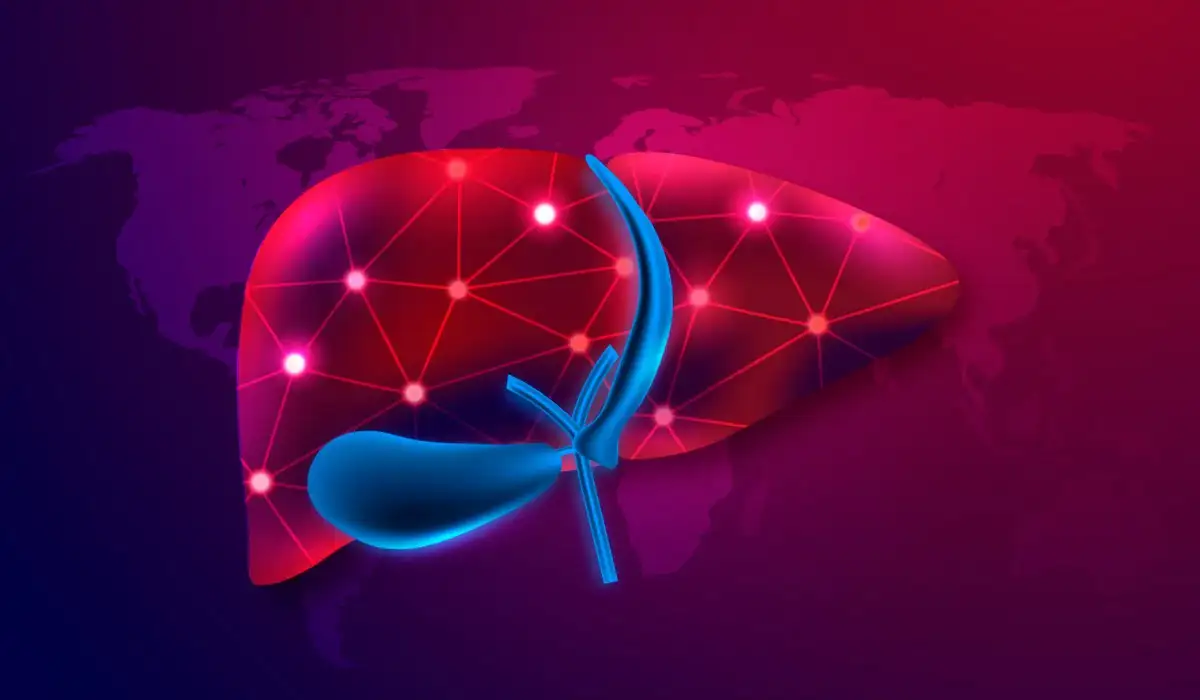Each year on July 28, we observe World Hepatitis Day, a key date recognized by the World Health Organization among its principal international health campaigns. The primary motive behind this day is to escalate consciousness and knowledge of viral hepatitis and the illnesses it induces, along with effective preventative measures and treatments available.
The day encourages worldwide unity under a common mission of raising awareness of the significant global impact of this disease, advocating for an effective and unified response to tackle the viral hepatitis crisis.
History of World Hepatitis Day
World Hepatitis Day is a global health awareness event that came into being due to the collective efforts of various patient groups, under the coordination of the World Hepatitis Alliance, an international non-profit organization. The United Nations, during the World Health Assembly in May 2010, acknowledged the day and noted it as an important health observance that was backed by around 30 countries.
The World Health Organization formally recognized July 28th as World Hepatitis Day. This particular date was selected in honor of Professor Baruch Samuel Blumberg, a Nobel laureate, who discovered the hepatitis B virus and went on to develop both a diagnostic test and a vaccine for the virus.
The inaugural World Hepatitis Day was celebrated on July 28, 2011. Then and every year afterward, this day has been used to increase awareness about viral hepatitis, a group of infectious diseases known as Hepatitis A, B, C, D, and E. The ultimate goal is to eradicate hepatitis as a public health threat by the year 2030.
World Hepatitis Day engages a diverse group of stakeholders including patient organizations, governments, medical experts, non-profit organizations, members of the public and businesses to enhance the visibility of viral hepatitis on a global scale. Activities taken up during this day range from complementary screenings and posters to concerts, lectures, talk shows and vaccination initiatives.
World Hepatitis Day Timeline
Hepatitis Identified
Dr. Harvey J. Alter and his colleagues begin to identify and study 'non-A, non-B' hepatitis, which would later be known as hepatitis C.
Hepatitis B Discovered
Dr. Baruch Blumberg identifies the hepatitis B virus.
Hepatitis A Discovered
Dr. Albert Kapikian and his colleagues isolate the hepatitis A virus.
Hepatitis D Discovered
Hepatitis D virus was first discovered in 1977 and is the most virulent type of hepatitis.
Hepatitis C Confirmed
A team at Chiron Corporation, led by Michael Houghton, confirm the identification of the hepatitis C virus.
World Hepatitis Alliance
The World Hepatitis Alliance was formed to ensure global attention on viral hepatitis and to bring together those working toward eliminating the disease.
World Hepatitis Day Endorsed by WHO
The World Health Organization officially endorsed World Hepatitis Day, significantly increasing its recognition and impact.
Ideas to Celebrate World Hepatitis Day
Awareness Seminar
Organize a health seminar where expert doctors and healthcare professionals could speak about the risk factors, prevention methods and treatment options for Hepatitis.
Fund Raising
Initiate a fund raising campaign to support medical research and to help patients suffering from Hepatitis.
Social Media Campaign
Run a social media campaign to amplify the message about the importance of Hepatitis awareness. You can post useful contents, expert articles, survivor stories and preventive measures.
Volunteer Work
Join and volunteer in non-profit organizations that actively work in Hepatitis awareness programs and patient assistance.
Educational Workshop
Plan a workshop for educating school and college students about the risk factors and prevention of Hepatitis.
7 Interesting Facts About Hepatitis
The History of Hepatitis
The term 'hepatitis' was first used by Hippocrates nearly 2,500 years ago. However, it was only in the 1940s that the first two types - Hepatitis A & B - were formally discovered.
Various Types of Hepatitis
There are five main types of Hepatitis virus - A, B, C, D, and E. Each one is caused by a different virus and affects the liver in various ways.
Global Impact of Hepatitis
Worldwide, around 350 million people live with Hepatitis: 300 million with Hepatitis B, and 58 million with Hepatitis C.
Vaccine Availability
Vaccines are available for Hepatitis A and B. However, there are no vaccines currently available for Hepatitis C, D, or E.
Hepatitis C and Nobel Prize
The identification of Hepatitis C earned three scientists - Michael Houghton, Harvey J. Alter, and Charles M. Rice - the 2020 Nobel Prize in Physiology or Medicine.
Unusual Transmission Methods
Though Hepatitis viruses are usually transmitted through contaminated food, water, blood and other bodily fluids, the Hepatitis D virus is unique. It can only infect people already infected with Hepatitis B.
Remarkable Recovery Facts
In some cases, the human body can clear the Hepatitis C virus without treatment within six months of infection. This is known as spontaneous viral clearance.
World Hepatitis Day FAQs
Next World Hepatitis Day Dates
| Year | Date | Day |
|---|---|---|
| 2023 | July 28th | Friday |
| 2024 | July 28th | Sunday |
| 2025 | July 28th | Monday |
| 2026 | July 28th | Tuesday |
| 2027 | July 28th | Wednesday |
| What is the pattern? | Every July 28th | |
World Hepatitis Day Word Search
- Hepatitis
- Awareness
- Prevention
- Liver
- Health
- Treatment
